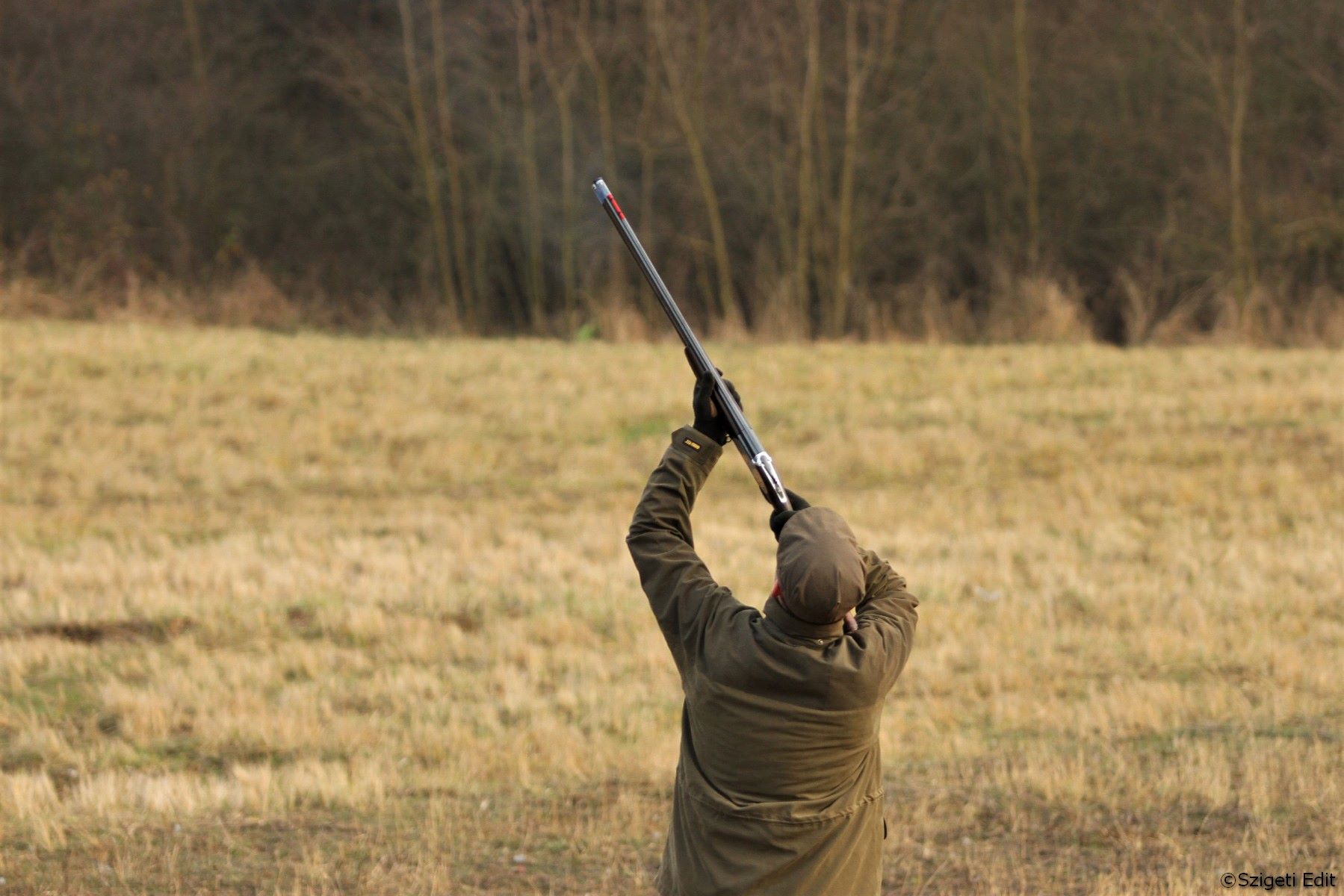
SMALL GAME
The European hare or brown hare (Lepus europaeus) is a species of hare native to northern, central, and western Europe and western Asia. The hare breeds on the ground rather than in a burrow and relies on speed to escape.
Brown Hare
The European hare or brown hare (Lepus europaeus) is a species of hare native to northern, central, and western Europe and western Asia. The hare breeds on the ground rather than in a burrow and relies on speed to escape.
Hares can be hunted from October to January as they cause much damage to crops, forests and orchards in that period. The usual methods of hunting are the traditional walking-up hunting and the drive.
The most successful method of hunting is the circular drive or U-drive. This method is used when there are a lot of hunters and drivers.
The best and most successful hare hunting takes place on the Hungarian Great Plain (Szolnok, Békés, Csongrád, Hajdú and Szabolcs County). Hare hunting can be perfectly combined with other small game hunt, such as pheasant, fox and ducks.
Pheasant
Hungary has always been considered a good small game hunting country. The pheasant stock of Hungary has a mixture of different subspecies of the Asian Pheasant. In the autumn, large groups of hunters gather for a pheasant shooting, starting from 1st of October to the end of January.
Pheasants are usually hunted in two ways, either walking-up or driven hunts. Walking up hunts consist of a smaller group of hunters with few gamekeepers and gundogs who comb through the territory. The driven pheasant hunt consists of 3-4 drives and are conducted daily with hounds and drivers. While hunters stand on the fire line and shoot at driven pheasants, each shooter will have an assistant to load the guns and mark the harvested pheasant. If the weather is good an al fresco lunch can be organized immediately after hunt in the field.

